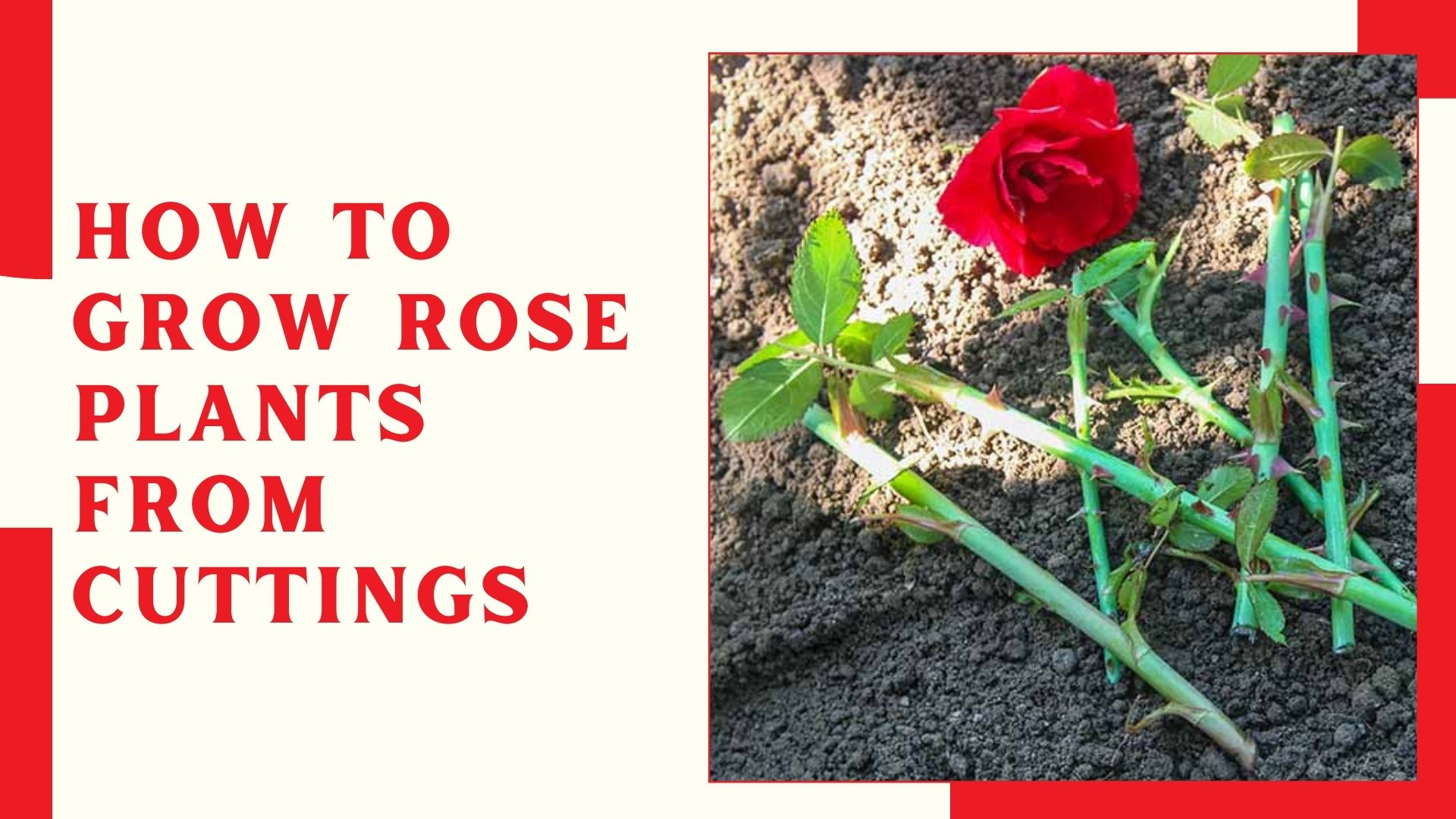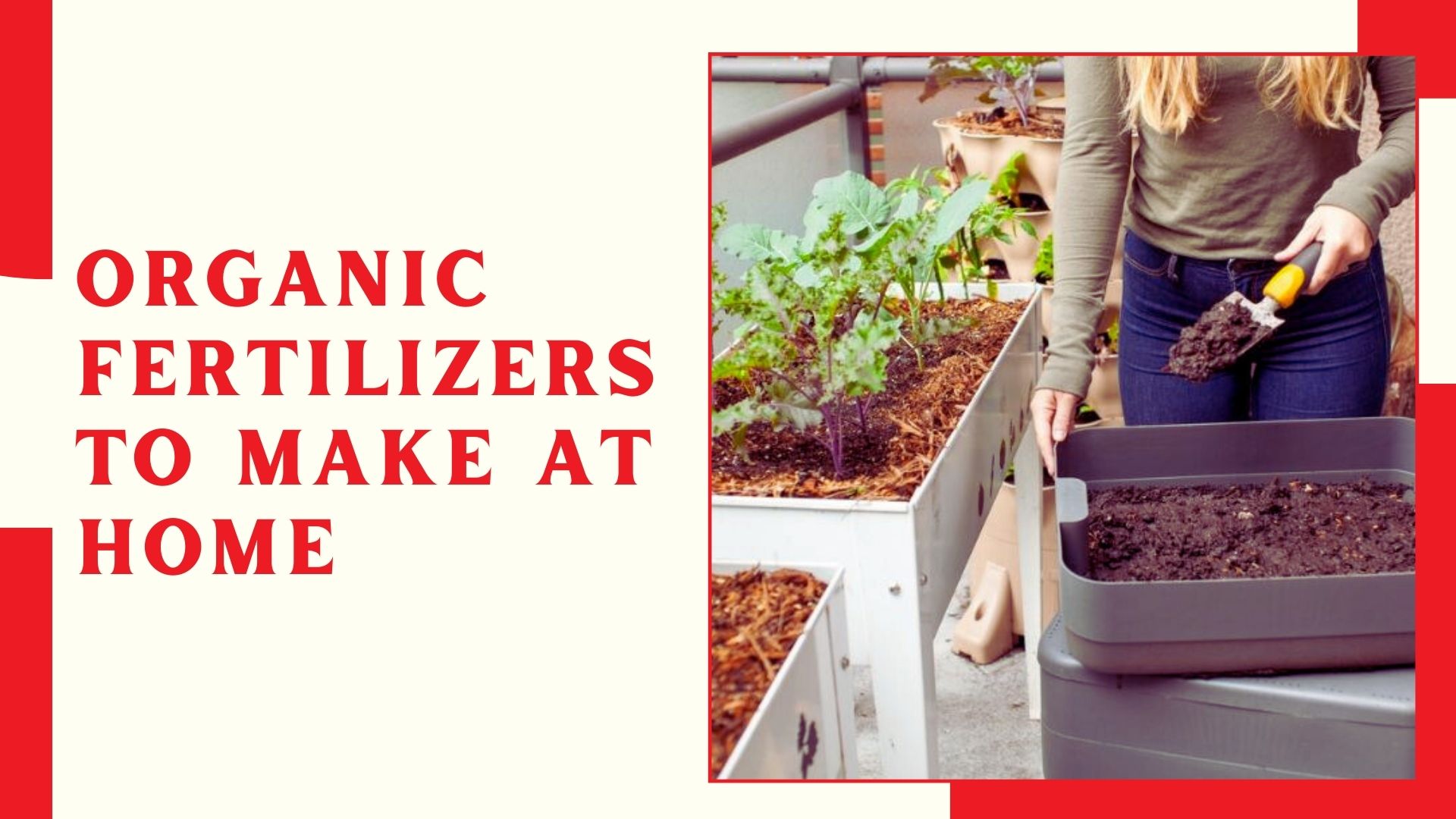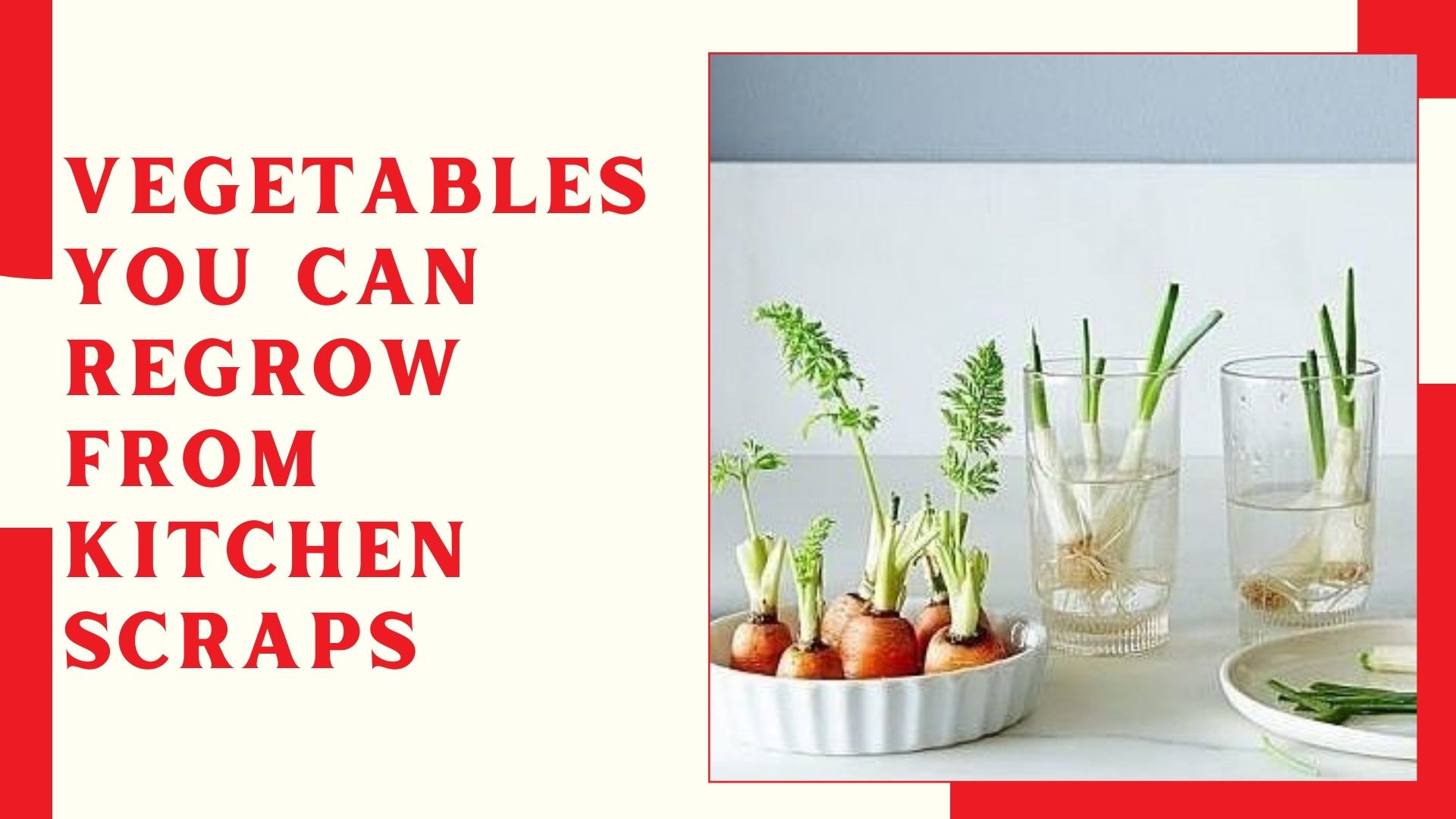Growing lettuce at home can be a rewarding and straightforward process, especially with a few easy tips and tricks. Whether you have a garden, a balcony, or just a sunny windowsill, you can enjoy fresh, home-grown lettuce all year round.
Helpful Products You Might Like
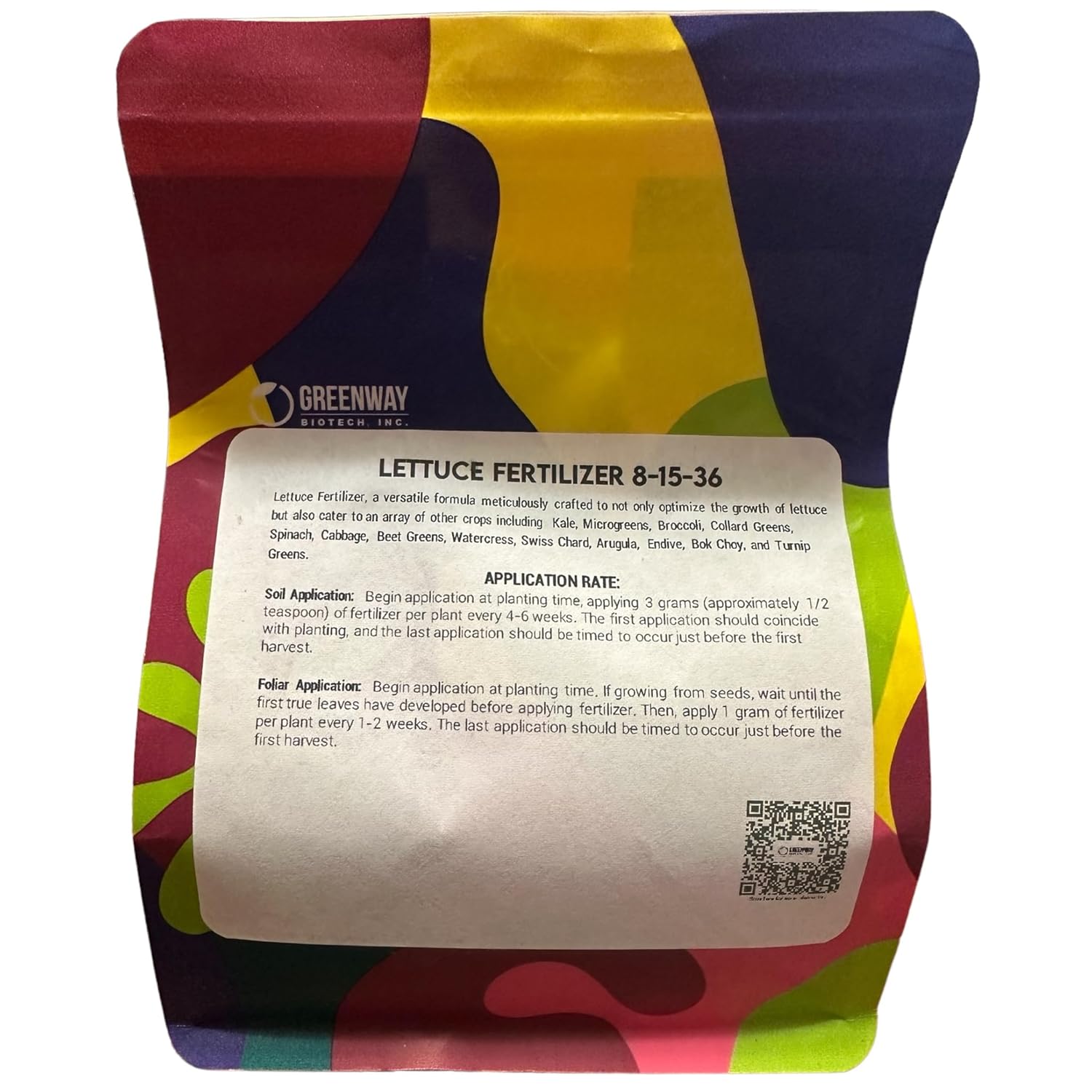
Greenway Biotech Lettuce Fertilizer Powder
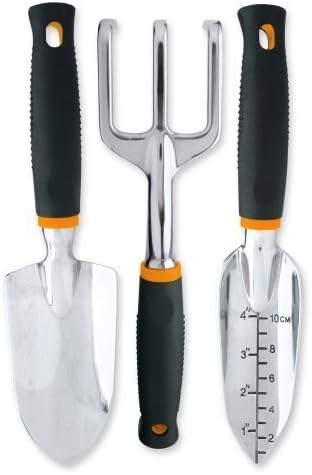
Fiskars Garden Tool Set
for Gardening
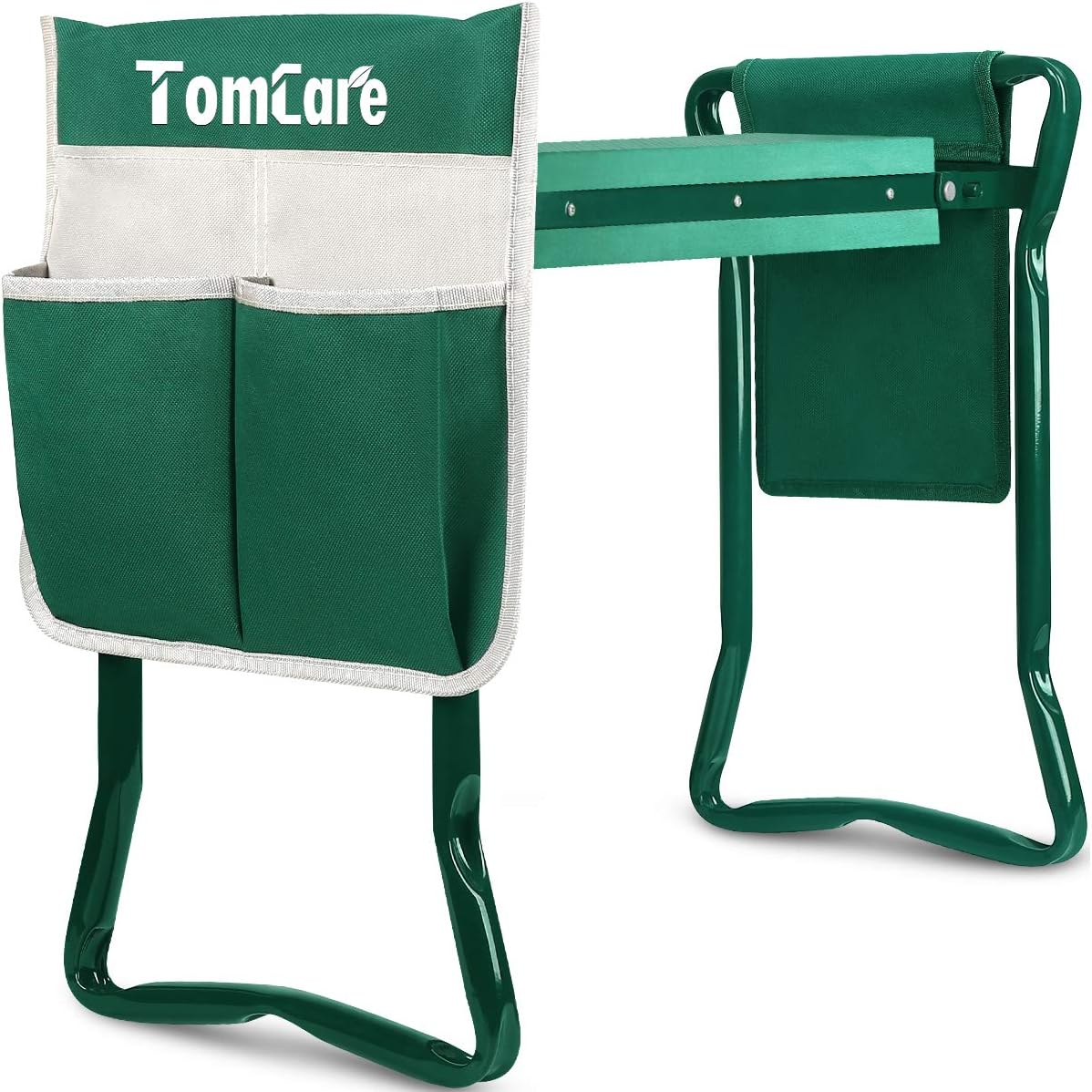
TomCare Garden Kneeler Seat Garden Bench
"(Paid Links)" 
Choosing the Right Lettuce Variety
The first step in growing lettuce is choosing the right variety. There are many types, including Romaine, Butterhead, Iceberg, and Leaf lettuce. For beginners, Leaf lettuce is the easiest to grow. It matures quickly and can be harvested as needed. Butterhead varieties, like Bibb and Boston, are also good choices due to their tender leaves and compact size.
Preparing the Soil
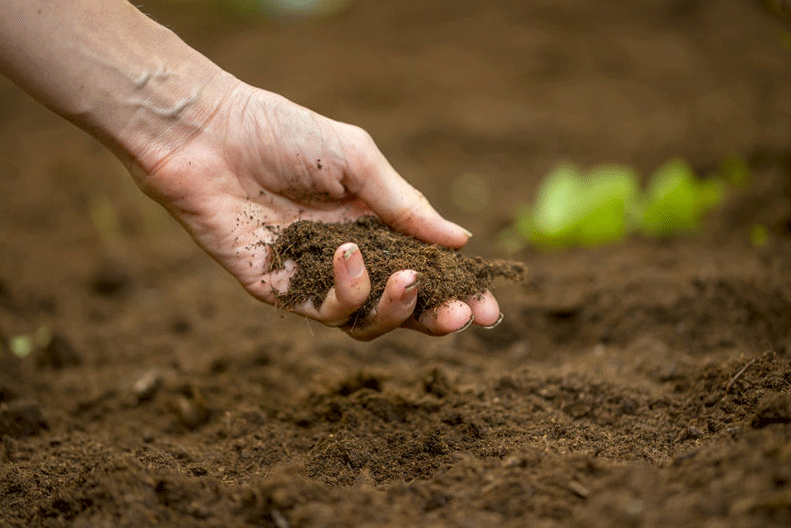
Lettuce thrives in cool, moist soil rich in organic matter. To prepare your planting area, choose a spot that gets partial shade, especially if you live in a hot climate. Lettuce prefers temperatures between 60-70°F (15-21°C). Amend the soil with compost or well-rotted manure to improve fertility and drainage. A soil pH between 6.0 and 6.8 is ideal.
Sowing the Seeds
You can start lettuce from seeds or transplants. If using seeds, sow them directly in the soil about 1/4 inch deep, spacing them 12-18 inches apart. For a continuous harvest, sow seeds every two weeks. If transplanting, space the seedlings according to the variety's recommendations. Water the soil gently after planting to help the seeds settle.
Watering and Feeding
Lettuce needs consistent moisture, especially during germination and early growth. Water the plants regularly, keeping the soil evenly moist but not waterlogged. Mulching around the plants can help retain moisture and keep the soil cool. Fertilize your lettuce every few weeks with a balanced fertilizer, following the package instructions.
Harvesting
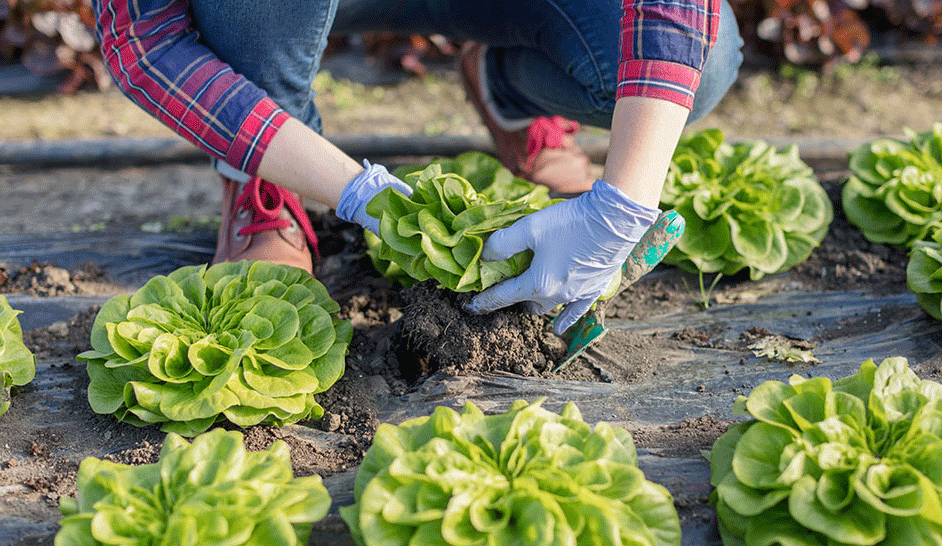
Lettuce can be harvested at various stages, depending on your preference. Leaf lettuce can be picked as soon as the leaves are large enough to eat. Simply cut the outer leaves, leaving the center to continue growing. For head varieties, wait until the heads are firm and well-formed before harvesting. Be sure to pick lettuce in the morning when it is crisp and hydrated.
Pests and Diseases
Lettuce is relatively pest-free, but aphids, slugs, and snails can be a problem. Use organic methods like neem oil or insecticidal soap to control pests. Slugs and snails can be managed with barriers, traps, or handpicking. Diseases like downy mildew and lettuce mosaic virus can be prevented by proper spacing, crop rotation, and using resistant varieties.
Growing Lettuce Indoors
If outdoor space is limited, you can grow lettuce indoors. Choose a sunny window or use grow lights to provide the necessary light. Use pots with drainage holes and fill them with a quality potting mix. Water and fertilize as needed, and enjoy fresh lettuce all year round.
Growing lettuce is a simple and rewarding gardening project. With the right variety, soil preparation, and care, you can enjoy a continuous supply of fresh, healthy greens at home. Whether you grow it in a garden, on a balcony, or indoors, lettuce is a versatile and nutritious addition to your meals.

